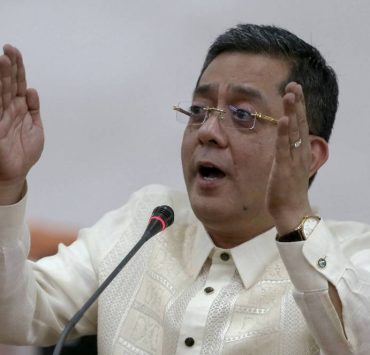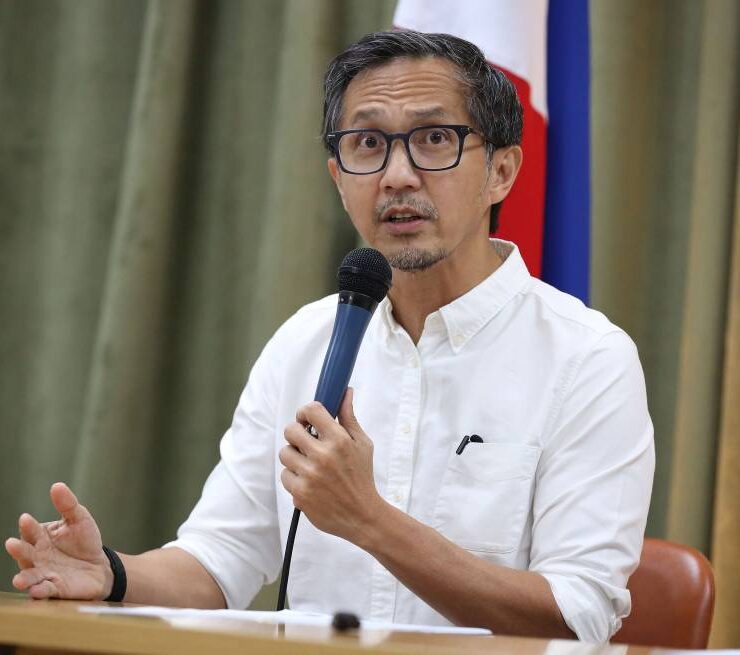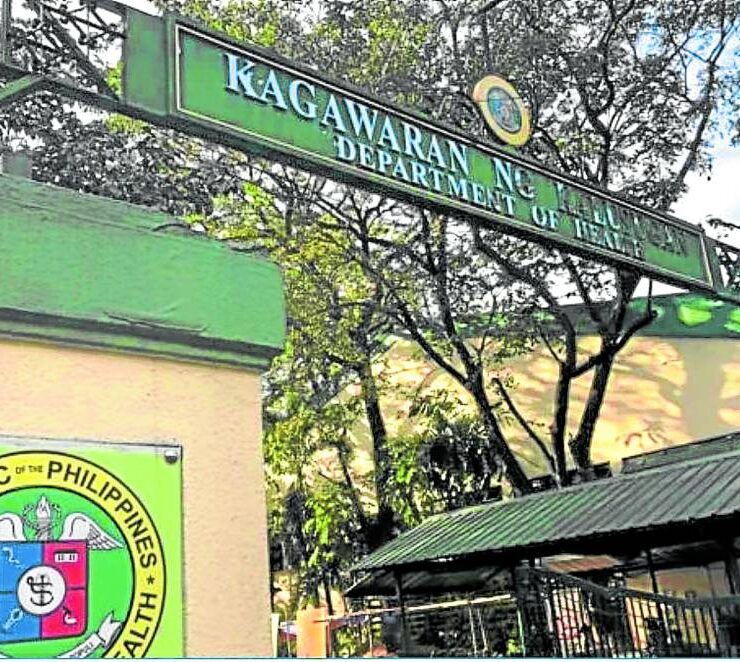An education trinity czar?

Just as there are three persons in one God in the Christian world, we have three entities for one sector, education, to which our Constitution mandates the largest share of the national budget. Splitting the former Department of Education, Culture and Sports (DECS) into the Department of Education (DepEd), Commission on Higher Education (CHEd), and the Technical Education and Skills Development Authority (Tesda)—or “trifocalization”—was the most visible outcome of the First Congressional Commission on Education (EdCom I) in 1991. Trifocalization was premised on the need to focus management and promote operational efficiency in the education sector, on the belief that the old DECS was so unwieldy as to have led to the decline in the quality of Philippine education at the time. Worsening education quality was a top issue then as it is now, and last year, our lawmakers saw it fit to create and convene a new EdCom II.
Thirty years after that historic and crucial change, the Asian Development Bank (ADB) noted that while trifocalization helped expand the three subsectors and enhanced access, it created challenges in sector management and coordination. In particular, the ADB cited the “absence of a permanent coordinating body aligned with EdCom I goals.” It turned out that greater focus came at the expense of coordination, which has in turn resulted in diminished coherence in the country’s education directions. Now, 33 years later, “the education sector suffers from a lack of a coherent plan, road map, or vision,” according to the Year One Report of EdCom II, established and convened over three decades after its predecessor body, but this time with a three-year life span. EdCom II notes that this has “hinder[ed] its ability to strategically navigate and address the challenges posed by extensive reforms and increased responsibilities.” It further notes that “despite high enrollment rates and robust growth in both public and private sector spending in education, the issue of deteriorating quality has persisted.” To many, this sounds like an understatement in light of the bottom-dweller performance of our students in various international education assessments, which has become fodder for many editorials and policy discussions in and out of government.
It’s not as if EdCom I had not foreseen all this. It actually proposed creating a national council for education that would “maintain system integration and program unity at the highest level of the education system.” But it was only in 2000, nearly a decade later, when the National Coordinating Council for Education was created via Executive Order No. 273. Still, it failed to achieve the desired coordination in the sector. A major flaw was that the three education agencies were designated as equal partners, with leadership rotating among them. With no clear primus inter pares, accountability was weak, and it seemed that none of the three entities took the council seriously. Moreover, there was no strong policy instrument to enforce harmonization, which was therefore never seriously pursued. The ADB observed how, from its very inception, it was “the first rotating chair’s view that formally convening the coordinating body and constituting the prescribed high-powered secretariat were not priorities.” Thus, coordination between the agencies “remained informal, with issues being resolved on an ad hoc basis and no deliberate sector-wide decisions being made.” In contrast, all had to answer to one department secretary under the old DECS, which could have ensured better coordination.
Did trifocalization of education do more harm than good? Should we reunify the three main education bodies back into one department, to achieve the coordination and coherence that appeared to be the casualty of the split? One might argue that this would streamline the bureaucracy and significantly reduce overhead costs in managing the sector. On the other hand, EdCom II also notes that the complexity and scale of our education system has grown considerably since EdCom I. Elementary enrollment has since increased by 46 percent, while those for high school, tertiary, technical, and vocational have more than tripled. The number of educational institutions has likewise grown from 41,781 during EdCom I to 73,851 now. The initial recommendation, then, is not necessarily to remerge DepEd, CHEd, and Tesda, but strengthen the coordinative mechanism, including having a strong permanent secretariat, and focusing coordination on key areas like planning, projection, and target setting; teacher training and quality; information and statistics sharing; and monitoring of targets for learning outcomes.
We now have a “super secretary” for investments and the economy. Perhaps we should have a similar super secretary for education worthy of our trust as well.
cielito.habito@gmail.com





















